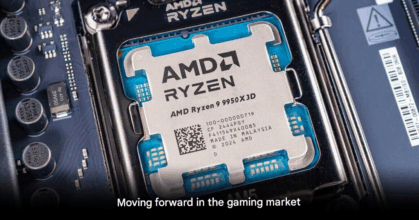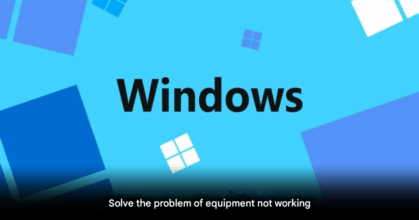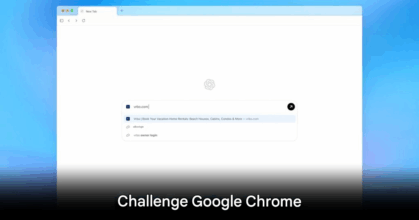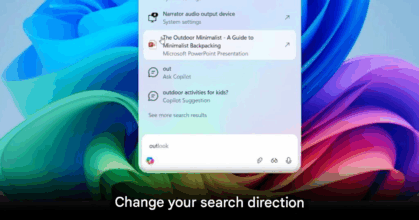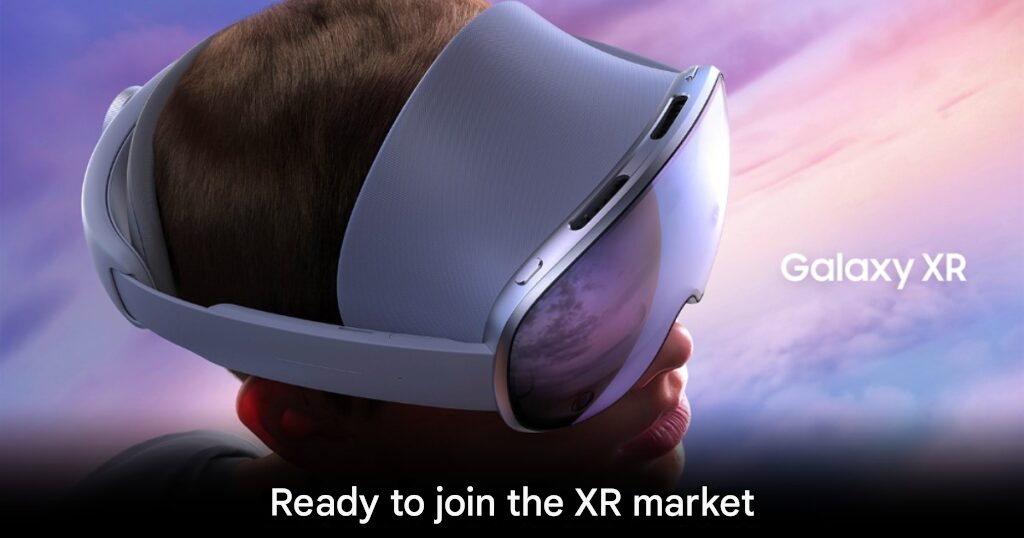
Samsung Galaxy XR Opens New Worlds with Multimodal AI
Samsung Electronics has officially unveiled the highly anticipated Galaxy XR headset. This device introduces a new category of AI-native technology. It is designed to deliver deeply immersive experiences for discovery, play, and work. The launch signals the beginning of the Android XR ecosystem. This open, scalable platform was co-developed by Samsung, Google, and Qualcomm Technologies. The Galaxy XR fundamentally merges extended reality (XR) with multimodal AI. This creates intuitive and natural interactions. Users can seamlessly interact using their voice, vision, and gestures.
Gemini AI at the Core of Android XR
The Galaxy XR is the first product built on the new Android XR platform. At its heart is Google’s Gemini AI, integrated at the system level. This integration allows the device to act as an AI companion. The headset can interpret the user’s surroundings and context. This delivers conversational and human-like interactions.
The platform is designed to scale across multiple form factors. This includes future AI-powered glasses, in line with Samsung’s long-term XR roadmap. Google executives emphasized that Android XR is the first platform built for the “Gemini era.” This strategic alliance with Samsung and Qualcomm aims to create an open and unified platform for the next era of computing.
Design and Performance for Daily Use
Samsung has engineered the Galaxy XR for long-term comfort and daily wear. It features a lightweight, ergonomically balanced frame. This design distributes pressure across the head, minimizing discomfort. A key design choice is the separate battery pack. This pack is connected via a cable. This moves the bulk and weight away from the face. The headset is powered by the Snapdragon XR2+ Gen 2 chipset. This delivers advanced on-device AI and enhanced graphics. The device offers ultra-high-resolution 4K Micro-OLED displays. Users can enjoy up to 2.5 hours of video playback.
New Dimensions of Discovery and Work
The Galaxy XR is optimized for a wide array of XR experiences. Users can utilize familiar Google services reimagined for the platform. For example, they can explore Google Maps with Gemini providing real-time 3D navigation. On YouTube, users can ask the AI for information about a video. The device also features a pass-through mode. In this mode, the real scene is visible. This enables the popular Circle to Search feature. Users can circle real-world objects with a hand gesture. This instantly pulls up information.
Furthermore, the device can automatically convert existing 2D photos and videos into immersive 3D memories. For the enterprise sector, Samsung is pushing XR for productivity. They partnered with Samsung Heavy Industries to develop virtual shipbuilding training solutions. This signifies a move to integrate the device into business-to-business applications.
Origin: Samsung



